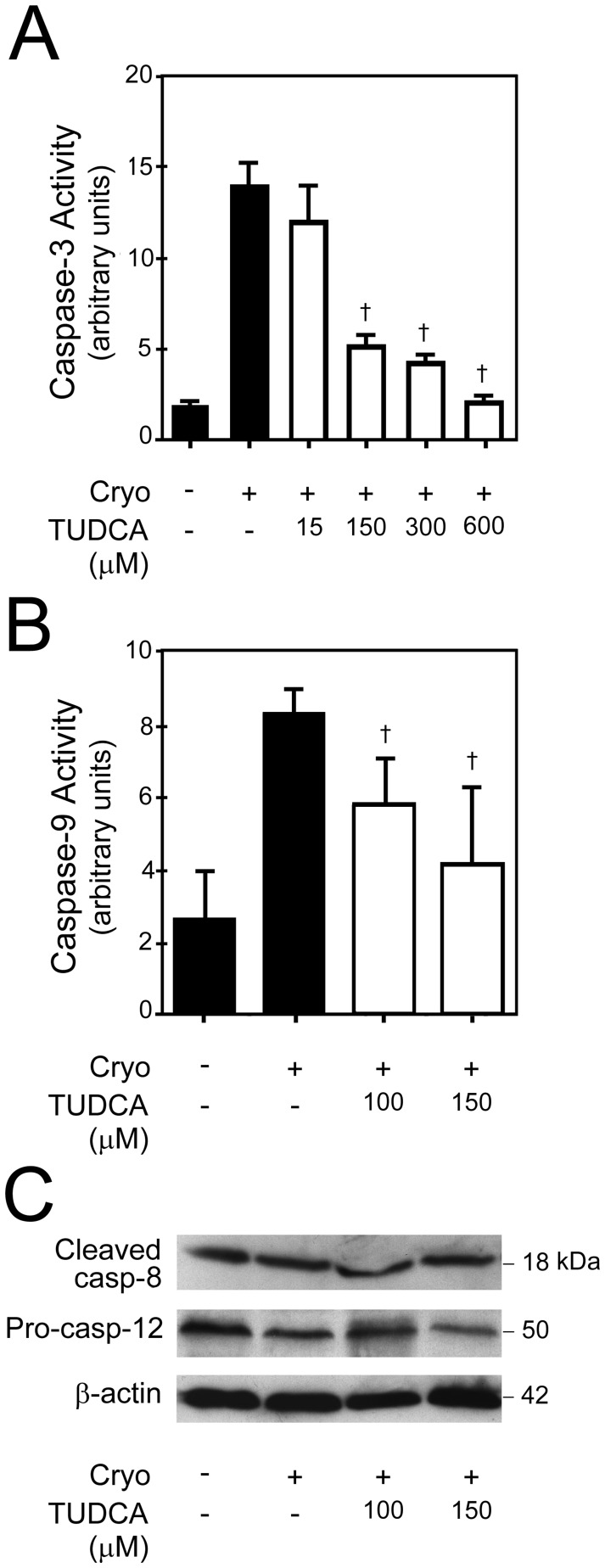Figure 7. Caspase activation following cryoinjury and treatment with TUDCA in primary human RPTE cells.
A, Caspase-3 activity following cryoinjury in RPTE cells treated with either vehicle or different concentrations of TUDCA. Caspase-3 activity in cryoinjured RPTE cells was compared with that in uninjured RPTE cells. There was signficant activation of caspase-3 following cryoinjury (p<0.05), which was significantly inhibited by 150–600 µM of TUDCA in a dose-dependent fashion. 15 µM of TUDCA did not inhibit activation of caspase-3 following cryoinjury. B, Caspase-9 activity following cryoinjury in RPTE cells treated with either vehicle or different concentrations of TUDCA. There was statistically significant increased caspase-9 activity in cryoinjured cells as compared to uninjured cells (p<0.05). Both 100 and 150 µM of TUDCA significantly decreased caspase-9 activity. C, Caspase-8 and caspase-12 analysis following cryoinjury in RPTE cells treated with either vehicle or different concentrations of TUDCA. There was no difference in the amount of caspase-8 and procaspase-12 between the uninjured and cryoinjured cells treated with vehicle or TUDCA. Results are expressed as mean ± standard deviation. All experiments were performed in triplicate. †p<0.05 from vehicle-treated control. Cryo, cryoinjury.

